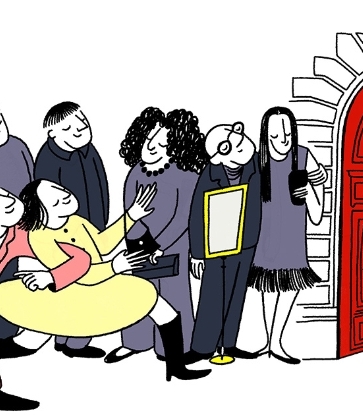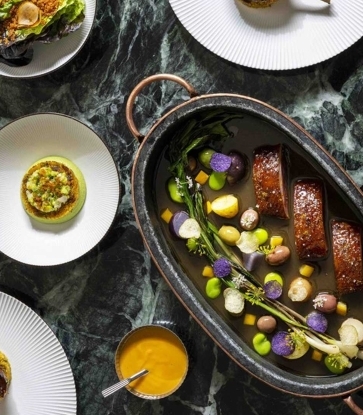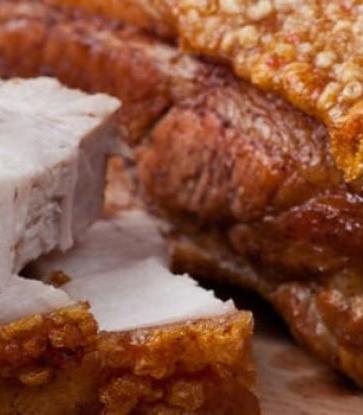Not anymore. Some restaurants are breaking down the walls of the chef’s table experience. For some restaurants, these tables take pride of places in the premises —– in full view of other diners. This may take the form of counter seating, where diners share a meal with strangers and watch chefs prepare the food in front of them. Some restaurants do not make it obligatory to order set menus or set a minimum order.

Connecting diners at the table
At Nouri, the cuisine by chef-owner Ivan Brehm is termed "crossroads cooking", which showcases connections and similarities across food cultures around the world. Connecting cultures is also done through its chef’s table — a long, sleek marble counter that stretches almost half the length of the 42-seat restaurant in Amoy Street. Diners, who sit on one of the 12 high stools, get an “immersive experience” as they witness their food being prepared by the chefs in adjoining cooking stations.
The chef’s table concept is so integral to Brehm that he designed his kitchen around the chef’s table, which feels very much like “stumbling upon the living room of a friend who happens to be a chef”.
He says that response to the chef’s table has been popular as it is almost full every day. He says: “This isn’t a private table, but a place where people can sit and mingle with each other and get a convivial experience all the time.”

Brehm, who used to helm the one-Michelin-starred Bacchanalia and has worked in The Fat Duck in London and Per Se in New York, says: “After years of working in fine-dining restaurants, I feel that dining should not be an exclusive experience that lacks the human element. Every restaurant claim that it uses the best products and cooking techniques, which is kind of silly.”
“"Dining should not be about flashing exclusive dining experiences but sharing feel-good experiences with someone who also enjoys creative and exciting food.””
He shares: “People are craving for interaction and chef’s tables can help to and want to take away the first layer of the fear of interacting with strangers. Dining should not be about flashing exclusive dining experiences but sharing feel-good experiences with someone who also enjoys creative and exciting food.”
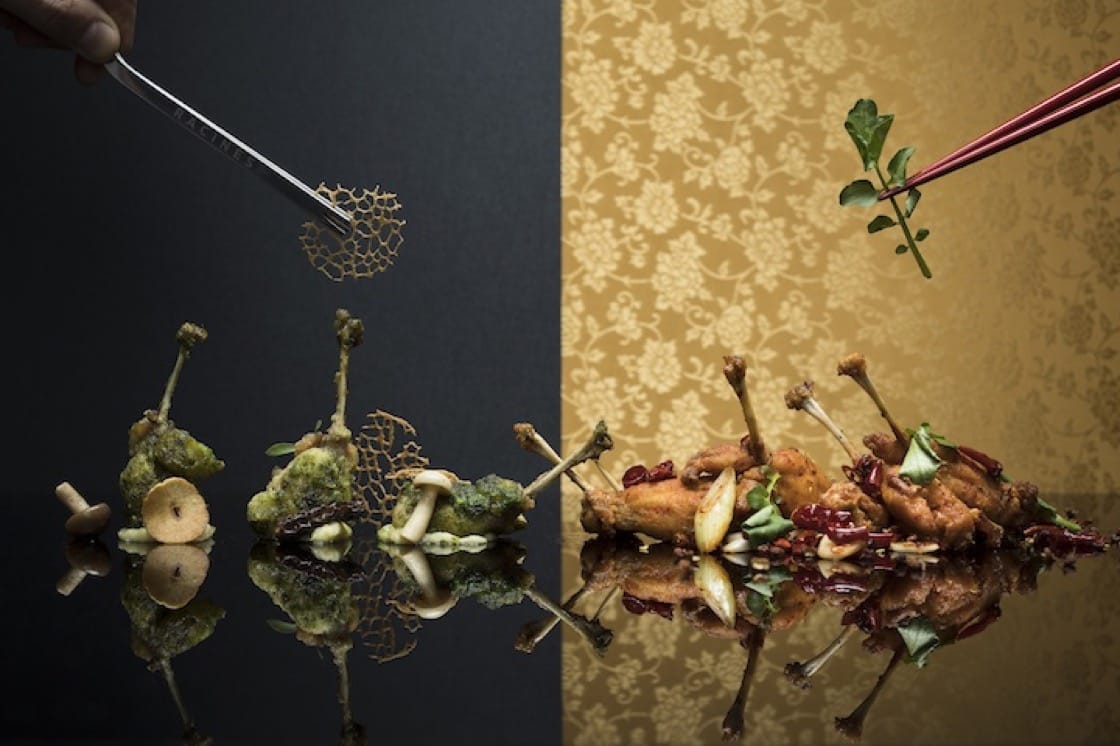
Like stepping into a culinary theatre
At Racines, a French-Chinese restaurant in Sofitel Singapore City Centre, the chef’s table is located in the middle of the sprawling 136-seat restaurant, and in between the French and Chinese cooking stations in the open-concept kitchen.
In a way, the position of this chef’s table makes a subtle reference to the menu, which is split in the middle with French and Chinese dishes listed side by side. Diners can have house-made foie gras terrine scented with truffles and Cognac, and lobster bisque with steamed tiger prawns drenched in Shaoxing rice wine, and black pepper and chilli Sri Lankan crabs that are redolent of wok hei.
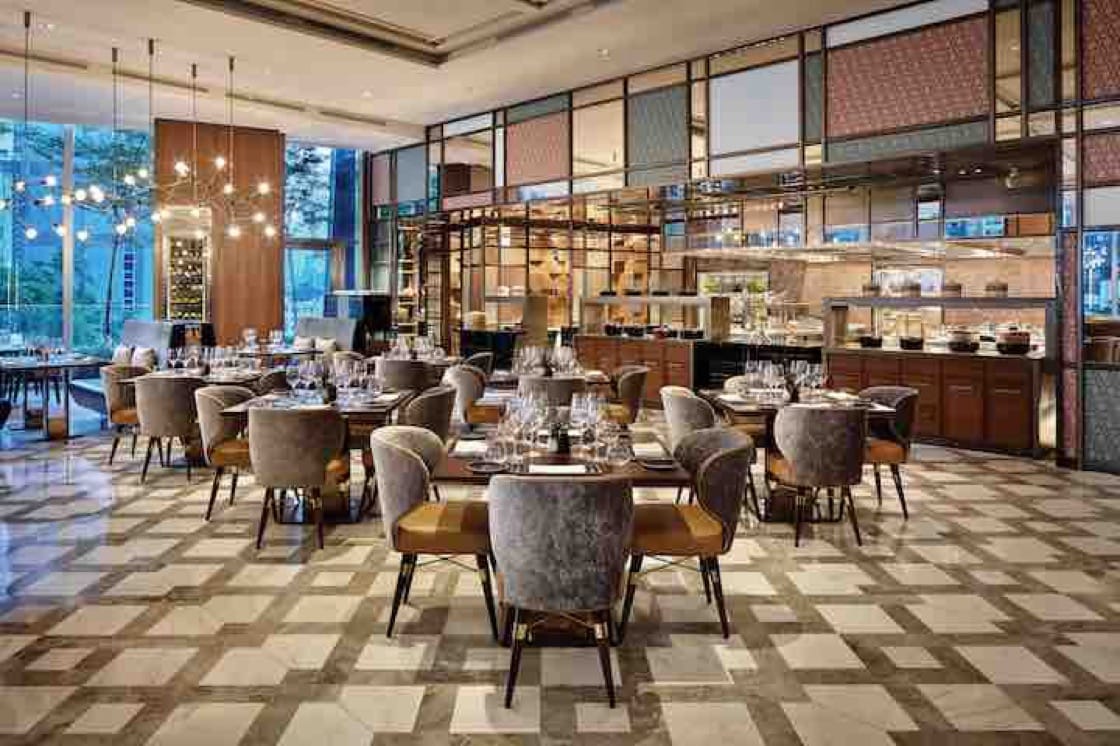
The chef’s table, which is used at least once or twice a week, is mainly booked by corporate diners during lunchtime. A hotel spokesman says that chef’s tables are popular as they provide diners a “multi-sensory adventure”. “It gives them a first-hand perspective on the efforts, process and expertise required to prepare an unforgettable meal,” he says. “Dining at a chef’s table is almost synonymous to watching a play in a theatre. The only difference is that the actors engage the audience as the ‘culinary theatre’ unfolds.
“It also gives diners a glimpse into the art, cohesion and synergy of various teams in a restaurant to deliver a unique culinary service to guests. Having this restaurant feature truly enhances the overall experience of diners.”
RELATED: Racines: A Delicious Duet Of French And Chinese Flavours







